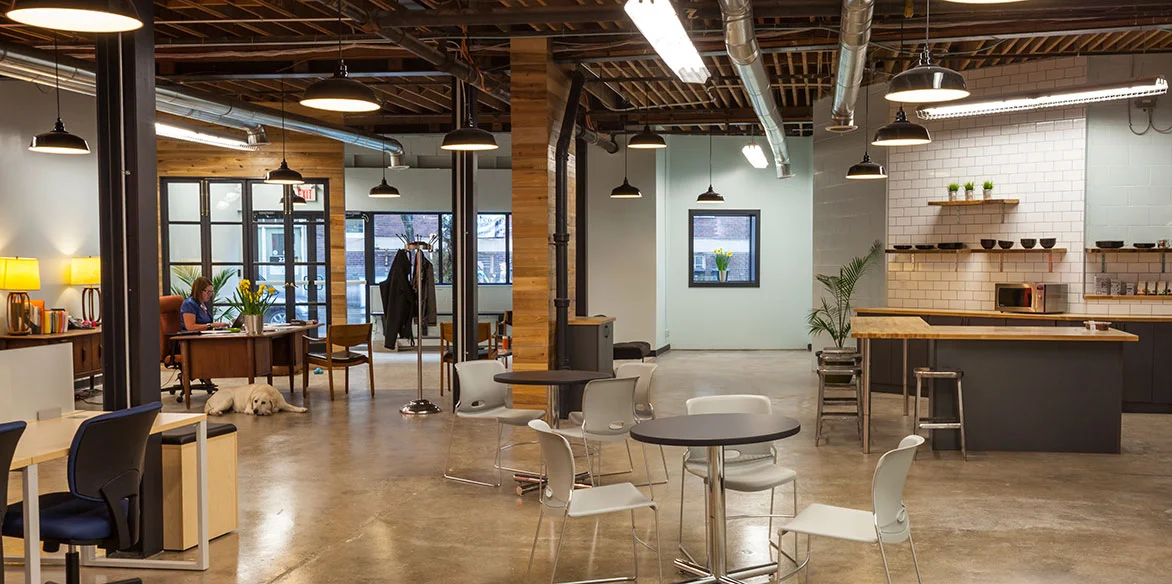Big businesses are taking stock of organizational structures which are usually associated with start-ups in a bid to maintain a competitive edge.
As such, many notable corporates launching their own accelerator programs across Europe.
A start-up accelerator is comprised of a number of small, young companies, which receive funding and mentoring, typically within a shared physical space. For start-ups, participating in an accelerator program not only boosts funding resources, but also provides valuable connections with potential investors, buyers, and partners. For more established companies, however, setting up and funding an accelerator can add a dynamic operational layer.

























